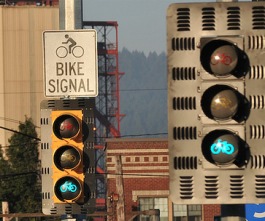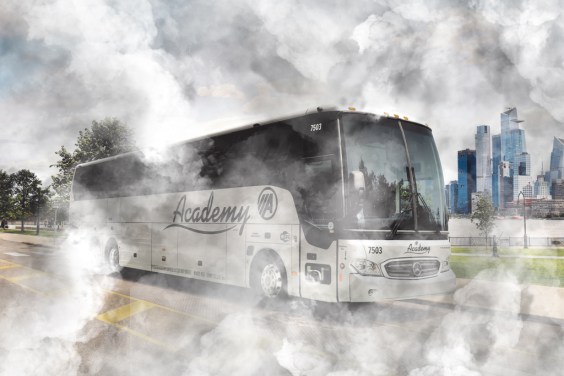Think of it as a Christmas gift: On December 24, the gatekeepers who determine which street treatments should become standard tools for American engineers decided to add bike signals to the Manual on Uniform Traffic Control Devices, sometimes called "the bible of traffic engineering."

The decision should lead to more widespread use of bike signals, which can be used to reduce conflicts between people on bikes and turning drivers, give cyclists a head start at intersections, or create a separate phase entirely for bicycle traffic. They are often used in tandem with protected bike lanes.
Prior to the Christmas Eve vote by the committee that updates the MUTCD, bike signals were considered "experimental." Communities seeking to install them first had to fund expensive engineering studies.
But no longer. In a memo regarding the approval, Federal Highway Administration officials noted that bike signals have been shown to improve safety outcomes as well as compliance with traffic rules by cyclists. Crash rates involving cyclists have been reduced as much as 45 percent following the installation of bike signals, FHWA reports.
Michael Andersen at People for Bikes' Green Lane Project notes that bike signals reduce the risk to cyclists at intersections, which are where most collisions occur.





